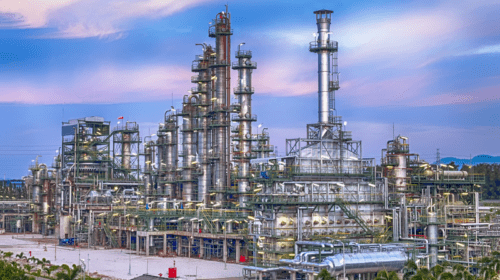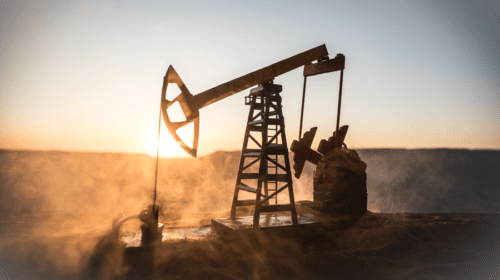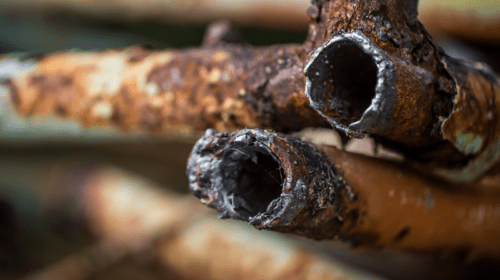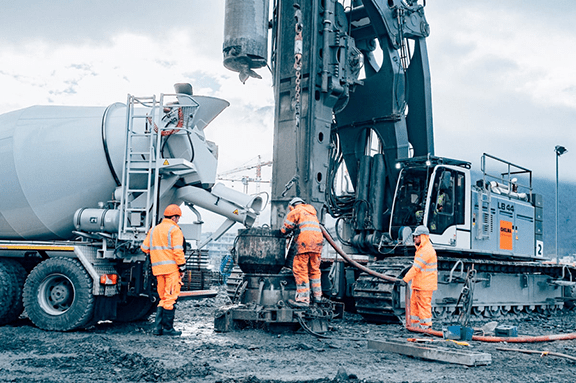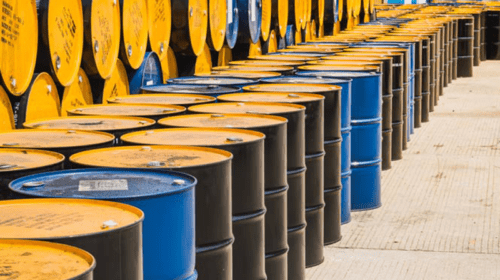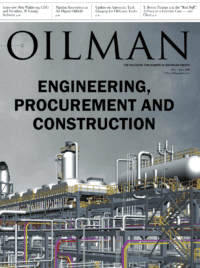The storage of hydrocarbons represents one of the last steps of the production chain; tank farms are places where the oil pumped from the oil fields is received. At these facilities, the oil passes through a series of processes in which the water and salt it contains are removed, and then it is stored, refined, and pumped to terminals and refineries. Oil and gas are a strategic resource for countries when planning the budget of the future or how to face a global emergency.
On the other hand, there are hydrocarbon dispatch terminals, which are facilities that receive crude oil from tank farms and the products produced throughout pipes, in order to store them and then ship them. Found in both oil exporting countries and oil importing countries, these are represented as land pipelines or dispatch areas located in countries with access to the sea; the latter are usually the most common.
In either case, the location, management, administration, and disposal of resources immediately becomes indispensable for a country’s economic strategies.
The article “The Hottest Terminal Locations of 2020” on the Insight Global portal defines the terminal sector and tank farms not as static, but dynamic. By 2020, eight percent growth is expected, which means that the storage capacity will increase by 1.03 billion cubic meters and by 2021 it could reach 11.5 percent, in numbers: 1.06 billion cubic meters.

The crucial element for any of the tasks, either to store or to dispose of the cargo to be shipped by terminals, is the hydrocarbon storage tanks. In the case of tanks, over time practices have been improved to perform fast and reliable work, avoiding compromising the physical health of workers and optimizing subsequent processes.
One of the enhanced practices is the measuring. In the past, all kinds of measurements were made manually using human staff for these processes. Storage tanks have measurements of different parameters: temperature, pressure, density, viscosity, interfacial pressure, among others.
With the implementation of electronic thermometers, flow meters and fluid quantity meters, wave sensors, connected to a wide-spectrum Wi-Fi network, facilitate the work and automate processes previously performed manually, thus avoiding human errors and having an onscreen map of the tank farm with all the data required for each tank in real time.

The most important advantages that these pieces of equipment can provide are due to the uses that can be given to hydrocarbon.
On the other hand, we have the safety aspect. In the article “Are you following best practices at tank storage sites?” written by Jeremy Dean for Bic Magazine, he writes about an event in Texas in which an explosion occurred in a tank farm in 2013 and a worker was sent to the hospital with third-degree burns, which led to authorities getting involved in the matter.
In addition to the implementation of automatic meters of various necessary parameters, guidelines of the Occupational Safety and Health Administration (OSHA) began to be distributed, which issued a series of tips for the best practices regarding safety.
- Provide ongoing safety talks ensuring that all the staff knows the rules.
- Improvement of clothing based on toxic elements that the staff may come into contact with.
- The use of mobile respirators for tank inspections, in order to avoid contaminants present in the air, as well as wearing shoes with rubber soles.
- Avoid smoking and install gas detection sensors for possible leaks in the vicinity of tanks and pipelines.

Then, there is the refining process, where it is necessary to know the values of temperature, saturation, and °API product quality. Due to the commitments that the tank farm has with the refinery, this information is relevant. Therefore, the raw material must be delivered in accordance with the diet the refinery complex has and the objectives it seeks to meet, whether they are gasoline, kerosene or some other derivative.

Knowing the quality values and the amount of heavy oil to be treated facilitates and optimizes the refining processes, because it allows the operator to know which types of processes the fluid must go through to reach the optimum point in its distillate; for example, how many catalytic towers the fluid must go through with °API 16 of the B32 tank.
In the case of terminals, knowing the measurable values of the crude oil for the transporting process is absolutely necessary, the temperature and pressure the crude presents, taking into account Boyle’s law, which indicates that a gas at constant temperature, but at decreasing pressure, tends to increase its volume, or otherwise it can decrease. This represents crucial safety information for the team in charge of the transportation.
The temperature during dispatching in terminals to ships remains moderately stable so its changes can be disregarded, but when leaving the pipe and entering a new confined space in the tanks of the ship, the volume and pressure vary.
Taking into account that gas is in solution with oil and that the transport tanks are hermetical, an increase in pressure could crack the tanks and cause spills after being dispatched at the terminal; therefore, the fluid’s behavior information should be provided in the dispatch area, and the real-time information can only be provided safely by the meters and sensors used for best practices.
As in the case of storage tanks, at the dispatch terminals, companies have responsibilities for industrial safety but, unlike tank farms, in this environment there is communication with external staff that carries out activities simultaneously.
Not only is the fluid transfer activity carried out at the dispatch terminals, there are a number of complex processes involved, such as:
- Reception: activity where oil or gas is received.
- Heating: after receiving and depending on the °API gravity of the crude oil, if it is very low, heating is applied for its easy mobility.
- Storage: correct hydrocarbon storage.
- Crude oil transfer: this procedure is done by pumping or by gravity; it seeks to align the types of crude oil in the same tanks.
- Measurement: electronic temperature and pressure gauges are used in this step, but human staff is still used for sampling.
- Delivery control at shipping terminals: in this step products sold are delivered as either hydrocarbons in bases or finished products.
Acknowledging the number of processes involved at terminals and the need to expand safety methodologies, in 2014 UNECE launched a document called “Safety Guidelines and Good Industry Practices for Oil Terminals, written by a number of specialists from different countries and disciplines, for the objective designation of best practices.
- In the case of operators, protective clothing must be in accordance with the sector where the worker developed the tasks.
- In the areas of storage, reception and delivery, contact with the fluid must be avoided completely. For this purpose, there is automatic equipment that is responsible for the alignment of the fluid transport pipe with the ship; nevertheless, the staff must have rubber shoes, anti-incendiary clothes, helmets, and safety glasses.
- In the processes of heating, transfer of crude oil and measurement thereof, the use of the aforementioned clothing is recommended, but with the addition of mobile oxygen tanks, protecting the worker from the gases that escape when heating the crude oil or any accidental spill that may happen.
- Nonetheless, recommendations occupy a focal point in the construction of the terminal, and should be taken into account for its construction and maintenance,
such as: - Terminals must be constructed and designed under international considerations and controls for personnel and environmental protection, in this case, API.
- Toxicity risks must be completely eliminated. With the implementation of administrative control processes of previously simulated processes, these simulations in turn provide personnel with customized training, based on the terminal, of how they should behave in emergency situations.
- Regulators in the construction and maintenance of terminals are the government responsible for the terminal and, on the other hand, the API, as regulator and final operating approver.
Hydrocarbon management is a complex process, whether at tank farms or at dispatch terminals. Science and safety agencies involved work tirelessly to automate and optimize processes. First of all, in safety, avoiding putting human lives at risk and ensuring a neat relationship with the environment. Therefore, the best practices established today are just the starting point. There is still much to be done for a balance of zero accidents in the facilities but, despite this, the future is getting closer every day.
Headline photo courtesy of Corken – River Barge Application & Tank Farm Terminal
Raul Palencia is an engineer and researcher with more than 10 years of experience as a geologist. He graduated from the prestigious University of Andes (ULA), later he received a master’s degree in reservoir engineering at the Venezuela Hydrocarbons University. During his career development, he worked for oil companies in positions such as: field geologist, reservoir engineer and reservoir simulation. He has worked in Argentina, Ecuador, Mexico and Venezuela. He currently resides in Texas.





